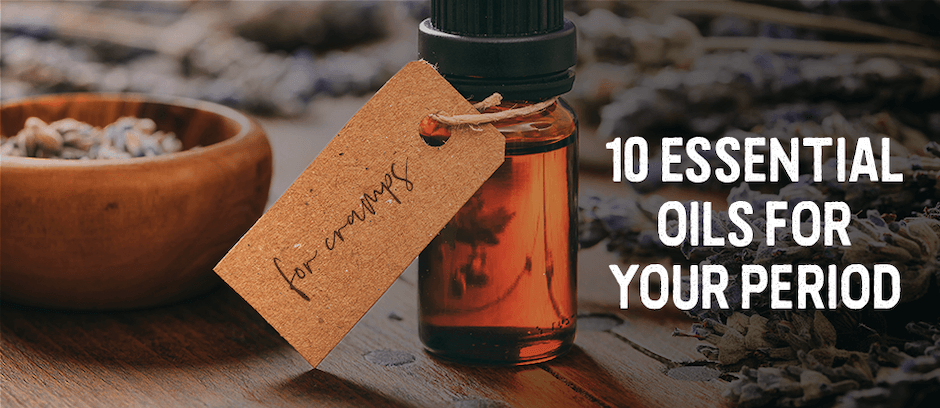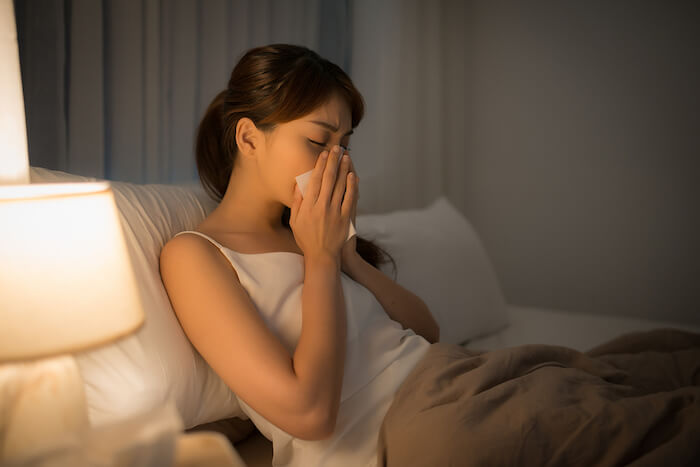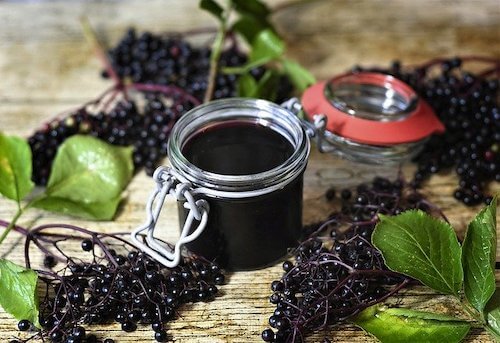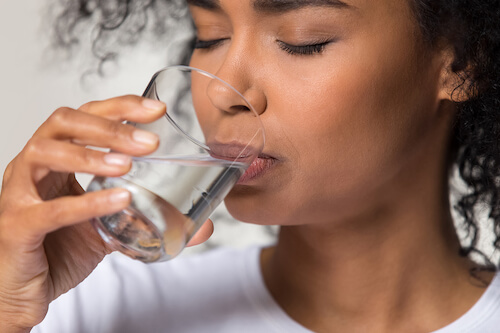“It’s that time of month.” For many women, these dreaded words can mean pain, irritability, sleeplessness, bloating, constipation, headaches, and a slew of other symptoms. Some women simply suffer through the symptoms that accompany their periods, while others rely on popping pills and other methods. Fortunately, there are many natural remedies that can help ease period problems, including essential oils. Here’s a look at some of my favorite essential oils for your period.
Lavender
Lavender, often called the Swiss army knife of essential oils, has a multitude of benefits during your period. Stress is a major contributor to period pain, and inhaling lavender can calm nerves and ease emotional stresses. The relaxing effects may also help improve sleep quality and duration.
In the same way that lavender relaxes the mind and emotions, it can relax muscles that contribute to period cramps and pain. Studies shows the benefits of using lavender to ease dysmenorrhea, or pain associated with the menstrual cycle.

Ylang Ylang
The sweet, intoxicating aroma of ylang ylang essential oil is a favorite among so many women. From nourishing skin and hair, to bringing an added boost in the romance department, to soothing nerves, every woman needs YLYL in her life. What many women don’t realize is that ylang ylang actually helps to balance female energy. When you feel out-of-balance or off-kilter during your period, this essential oil can gently ground and center.
Ylang ylang also supports the heart chakra. When this chakra is out-of-balance, you may feel weak and needy, or at the opposite extreme, angry and closed-off. Balancing the heart will help you feel more confident and to give and receive love appropriately in spite of your period.

Clary Sage
Mood swings and occasional depression and sadness affect nearly every woman during her time of the month. Whether you experience mild irritability, sadness, or anxiety, these emotional swings can wreak havoc on your normal life and make it difficult to function.
Clary sage essential oil works in the brain by increasing serotonin levels and decreasing cortisol levels. Serotonin is termed the “happy hormone” because it increases feelings of well-being. Cortisol, also called the “fight or flight” hormone, serves many important functions in the body. However, when we experience too much prolonged stress, cortisol levels can get out of hand and make it difficult to simmer down.
Helichrysum
If you suffer from intense sporadic, debilitating cramps during your period, helichrysum essential oil may be your new best friend. This essential oil has numerous therapeutic properties, including the ability to ease muscle spasms. This can help with PMS cramps as well as digestive cramping associated with constipation or diarrhea that may accompany your period.
Geranium
Geranium essential oil is another favorite among women for calming nerves and easing stress. On top of that, geranium supports hormone balance, primarily estrogen. Low estrogen levels at the onset of your are to blame for PMS symptoms. This makes the soothing, balancing effects of geranium especially helpful if you suffer from irregular periods or severe bouts of PMS.
Cinnamon Bark
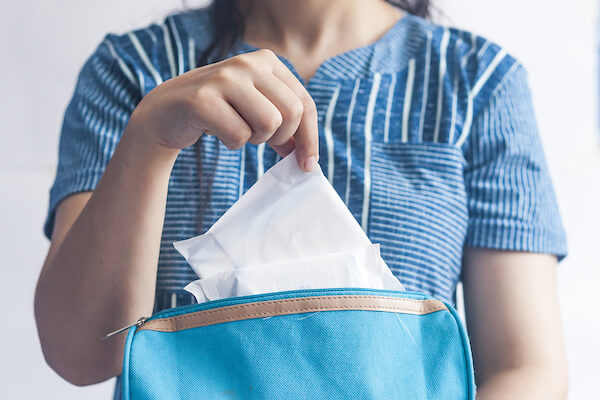
If you suffer from overly heavy periods, or menorrhagia, cinnamon bark may be your new best friend. Studies show that cinnamon can reduce period flow by directing blood circulation away from the uterus. Additionally, the gentle warming action of cinnamon bark essential oil can ease period cramping and muscle spasms as well.
Cypress
Many women naturally retain excess water during their periods. Edema is a result of hormonal fluctuations and inadequate hydration. If you experience weight gain or swelling in the hands, feet, face, legs, or abdomen during your period, you may consider increasing your water consumption in the week or two leading up to your cycle.
Cypress essential oil may also bring some relief. Cypress supports the lymphatic and circulatory systems and keeps things moving smoothly. For many women, it has a diuretic effect and can help relieve some of the period inflammation.
Ginger
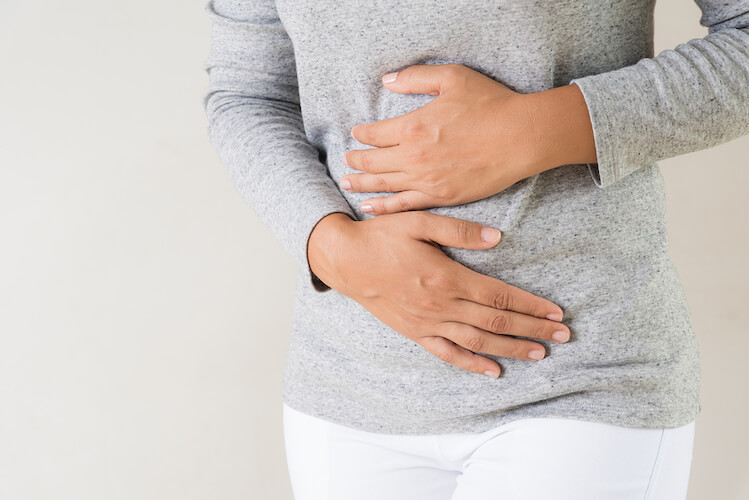
As if cramping, bleeding, fatigue, and mood swings during you menstrual cycle aren’t enough, some women also experience painful and embarrassing digestive complaints. These range from bloating, gas, constipation, diarrhea, and hemorrhoids. Many people look to ginger essential oil to relieve many gastric issues. Ginger protects the gastrointestinal system and can help relieve a variety of tummy issues.
Wintergreen

When you just can’t drag yourself out of bed, wintergreen essential oil can provide the uplift and energy boost you need to function. The cool, minty aroma awakens the senses and brings the mind into focus. So when you just feel like you’re in a fog, take a big whiff of some wintergreen.
In addition to a simple pick-me-up, wintergreen essential oil can also help relieve period cramping. It contains natural methyl salicylate, which is a compound closely related to acetylsalicylic acid, or aspirin. Studies show that wintergreen essential oil has analgesic properties when applied to the skin.
Looking for some essential oil recipes for your period? Check out Essential Oil Blends for PMS.
Ready to go more natural with your period and stop using all those chemical products? Check out this post about Thinx period panties and snag a $10 discount on your first pair.
